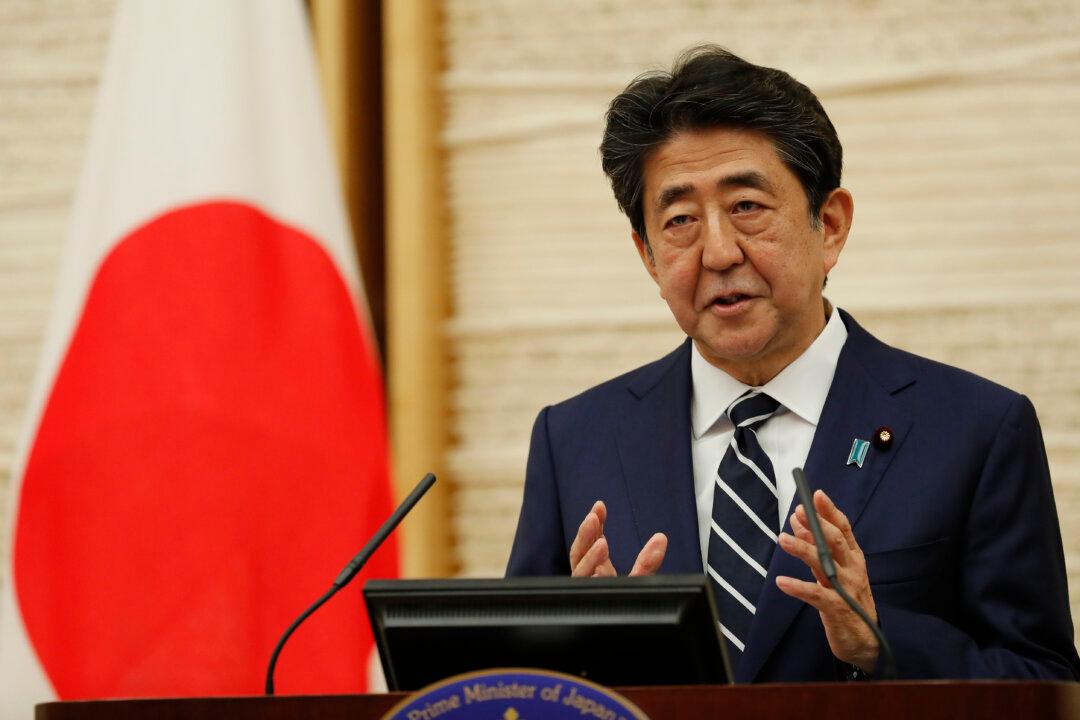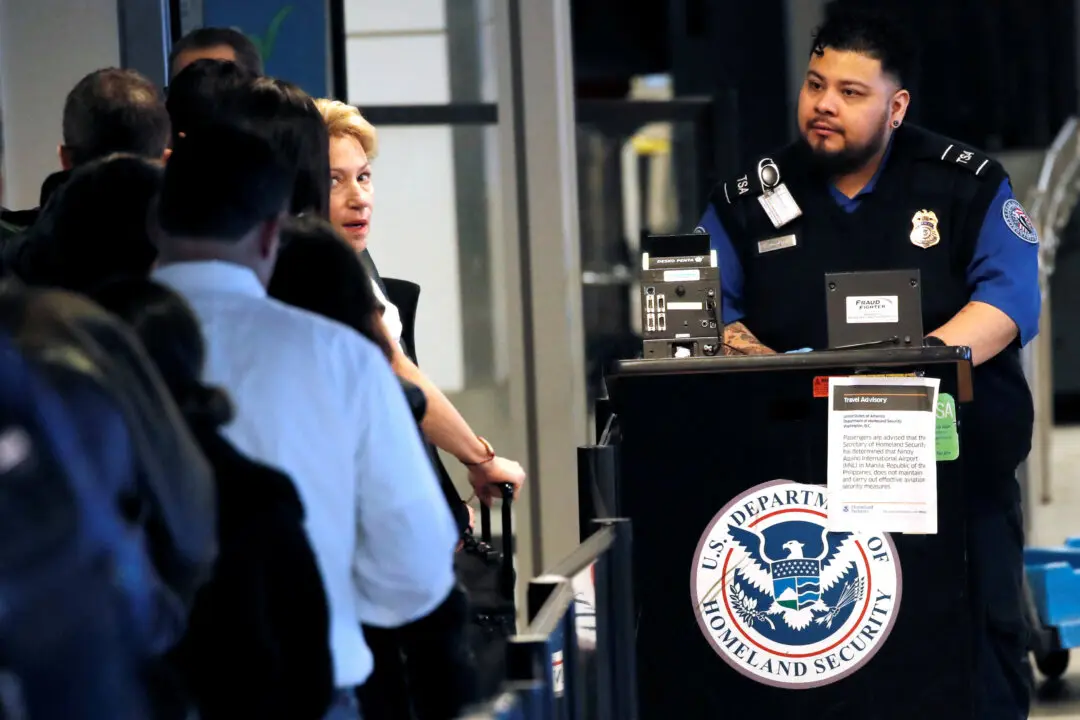Japanese Prime Minister Shinzo Abe’s signature shock-and-awe “Abenomics” stimulus strategy was already faltering even before his decision on Friday to step down due to health reasons.
That blunt assessment by many Japan observers underlined the daunting political challenge Abe has faced in his efforts to pull the economy out of decades of economic stagnation.





